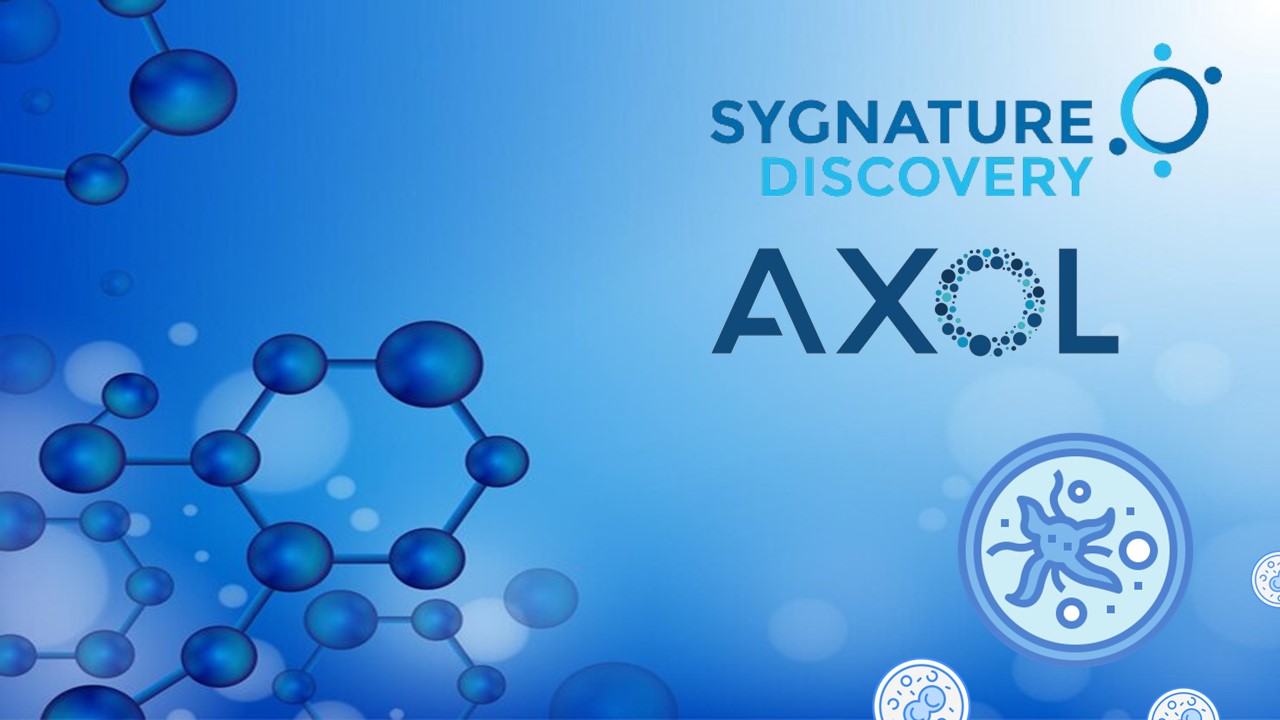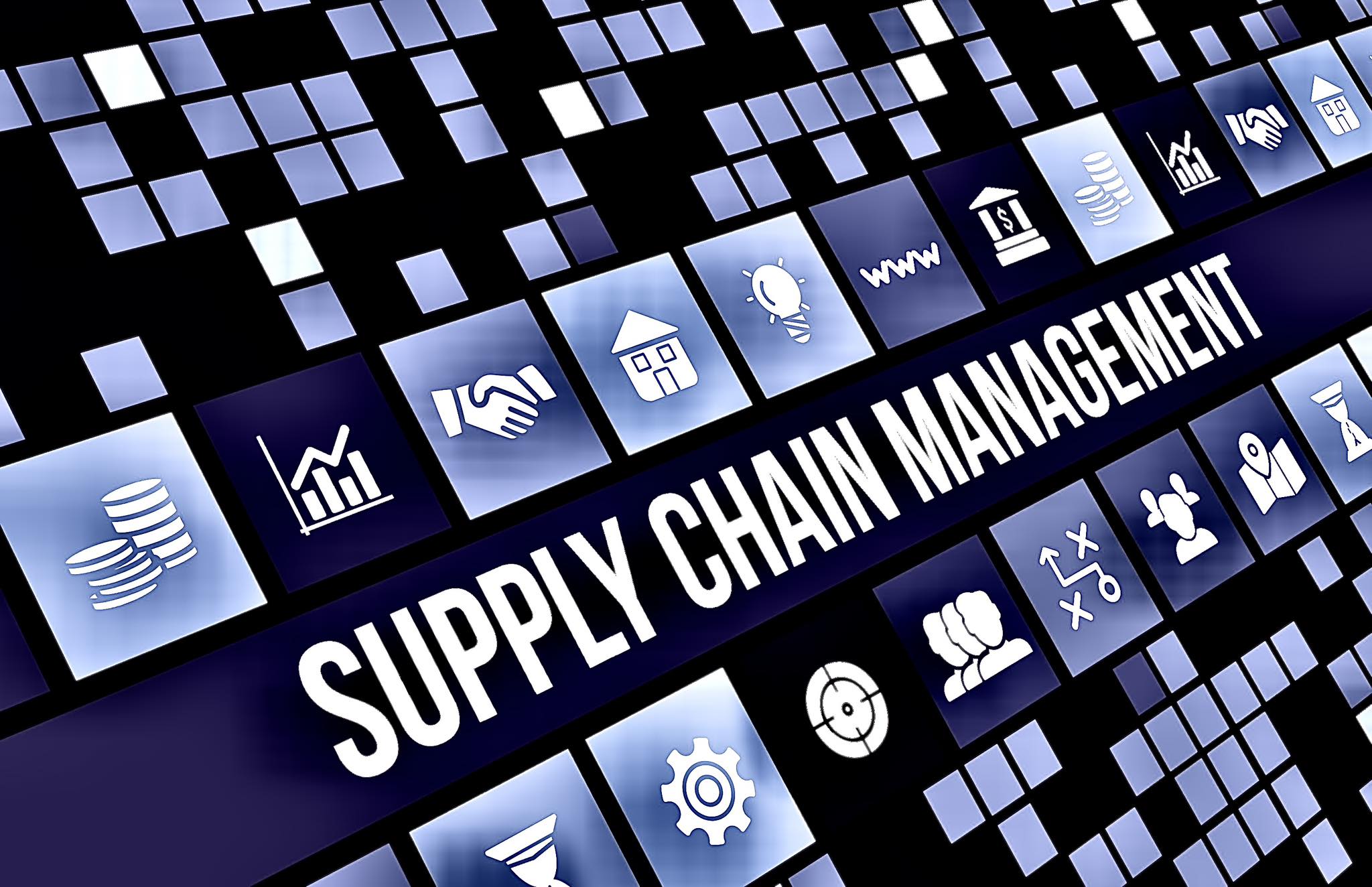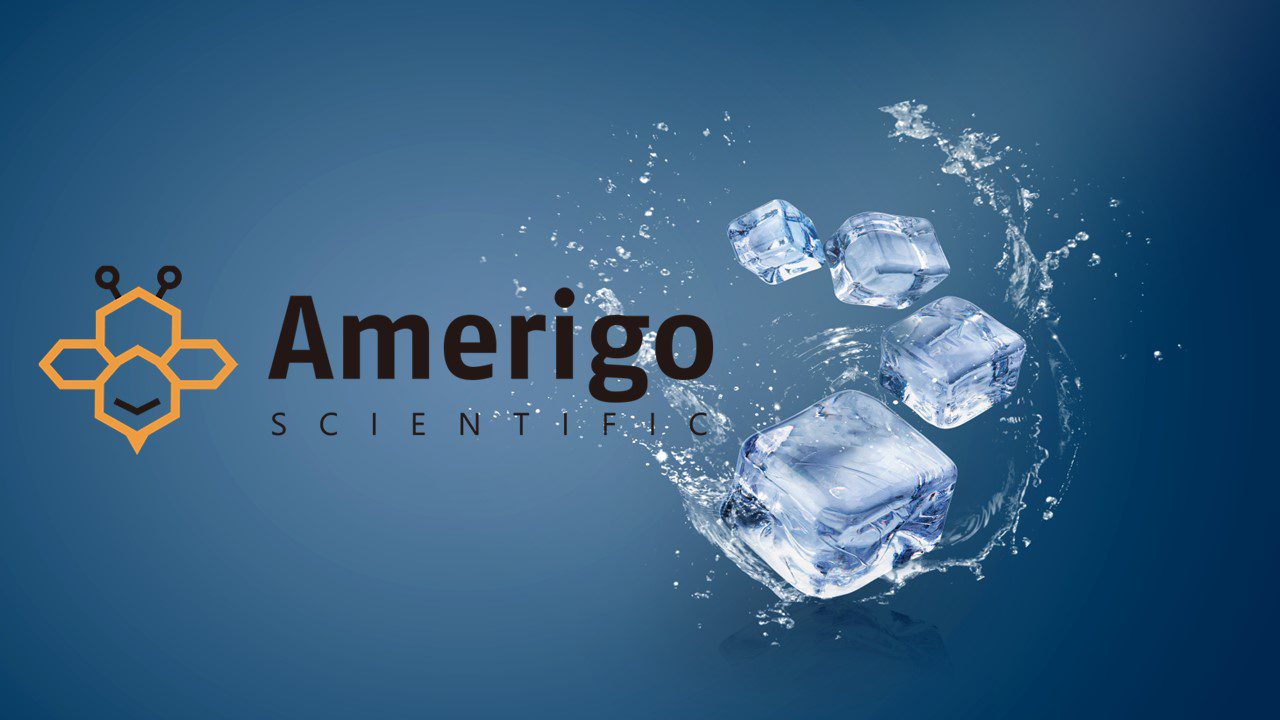As the world progresses towards a cleaner, more sustainable future, so does the industry move with it. While the pharmaceutical industry has a sacrosanct mission to save and extend lives, this cannot happen at the expense of the environment those lives inhabit. This is an area of the industry that needs to be investigated more closely – with the pharmaceutical industry having a greater CO2 emission intensity than the entire automotive industry, as well as being the source of other pollutants. With COP26 and renewed commitments to achieving net-zero emissions in the near future, it is imperative that the industry anticipates and adjusts further sustainability regulations sooner rather than later.
The Environmental Burden of the Industry
The pharmaceutical industry operates on large, global supply chains, which will, by definition, have an impact on the environment. When comparing emission intensity, the pharmaceutical sector produces 48.55 metric tons of CO2 per million dollars of revenue, compared to 31.4 for the automotive industry. The picture remains bleak when looking at actual numbers as well, with pharma producing 52 metric tons of CO2 in 2015 versus 46.4 by the automotive industry.
As with other industrial sectors, China’s role in the polluting effects of pharma is critical. Over 80% of antibiotics are produced in China, and 50% of all Active Pharmaceutical Ingredients (APIs). This has translated to a rapid growth in carbon footprint of China’s pharmaceutical industry, which more than doubled from 2000 to 2016. This is primarily driven by the energy consumption, especially from coal sources, of the sector. As such, the role China will play in increasing the sustainability of the sector cannot be understated. Its recent recalcitrance on more ambitious goals as part of COP26 should be a sign of worry for the industry and its reliance on Chinese supply chains.
Additionally, CO2 is just one metric of environmental damage done by the pharmaceutical industry. Another concern is the handling of manufacturing waste, which does not merely threaten the environment – but also the industry itself. Effluents from manufacturing sites in India and China, which have an outsized role in exporting to global markets, have been the subject of multiple scandals involving wastewater laden with antibiotics being discharged into rivers. For example, a review in 2014 found that over 44kg of the antibiotic ciprofloxacin were being dumped in wastewater, per day, in Patancheru, India. This is not only a hygienic concern but also contributes to antibiotic resistance – a global issue which threatens public health and imperils the efficacy of antibiotics altogether.
But it is not merely manufacturing waste that poses an environmental threat. A sizable portion of APIs are excreted by their recipients, whether that be humans or livestock, over 30% per dose. One of the most famous examples of such effects is the feminization of male fish, with over a fifth becoming intersex in some sites due to exposure to ethinyl estradiol, the active ingredient in hormone-based contraceptives. This elucidates the need to better understand the impact of APIs in a greater variety of ecosystems, as well as the degree to which APIs are excreted.
This exposes another weakness in the regulatory framework for the industry: while Good Manufacturing Practices (GMP) exist to coordinate safe, effective and efficient manufacturing processes, they do not evaluate the environmental impact of those processes. This is particularly important for outsourced production chains, as only local authorities can enforce environmental standards, which are often lacking in production hubs in India and China.
The above also only outlines the effects of the industry and the environment. The reverse of that relationship also has multiple negative implications for global health and pharma in general. As climate change and habitat fragmentation progress further, human contact with previously untouched animal populations also increases. This presents a grave opportunity for new zoonoses, diseases transmitted from animals to humans, to take shape – much like the COVID-19 pandemic due to a bat-originated coronavirus. Conjointly, plants have been the source, or at least inspiration, of many APIs. As such, reduced plant biodiversity also presents a threat to novel drug discoveries.
Future Perspectives on Pharma’s Sustainability
While no mandatory regulatory framework exists for the industry yet, attempts have been made to bridge this gap. For example, the Pharmaceutical Supply Chain Initiative (PSCI). The group is not solely focused on the environment; rather, it promotes sustainability across a broader spectrum of supply chain issues – including human rights. The PSCI has a membership spanning multiple large pharmaceutical companies, which is promising for the future of the industry. Another organisation that promotes sustainability in the industry is EcoVadis, which assesses companies on a range of environmental criteria. These assessments are not merely meant for regulatory purposes, but are also employed by companies for partnership programs: for example, AstraZeneca requires critical partners to have a 65% PSCI assessment.
In light of COP26, the European Federation of Pharmaceutical Industries and Associations (EFPIA) announced that a majority of its members had made their own commitments for emission reductions. However, these commitments are not mandatory for membership in the EFPIA. The majority of big pharmaceutical companies have committed to ambitious goals for reaching carbon neutrality by 2050 and remaining within a temperature increase of 1.5°C. European giants such as GlaxoSmithKline, Novo Nordisk, AstraZeneca and Novartis remain more ambitious in this regard than their American counterparts – a possible negative consequence of the USA pulling out of the Paris agreement in the 2010s. It does remain ambiguous whether these commitments can be feasibly enforced in the entirety of their supply chains – particularly with vendors and manufacturers in China.
Ten global pharmaceutical companies also signed up to the Energize initiative, by Schneider Electric, at COP26. Energize seeks to bring about decarbonization in the entire value chain of the industry, and the companies will engage hundreds of suppliers to raise awareness for green energy. It is also expected that this will assist smaller companies to participate in power purchase agreements for renewable energy – something that they may not have been able to achieve on their own.
In other promising news, India introduced its own limits for APIs in effluents in 2020. Similarly, the European Union formed its own EU Strategic Approach to Pharmaceuticals in the Environment, which seeks to investigate the effect of APIs in their entire life cycle. This is an intersection of the EU’s European Green Deal and their Pharmaceutical Strategy, which will no doubt result in further future guidelines.
To conclude, the relationship of pharmacy and the environment is of a complex, reciprocal nature. The pharmaceutical industry has a mission to improve global health – which cannot be achieved without a healthy environment. As other industries have also proven, anticipating and preparing for more environmentally-friendly policies sooner aids in avoiding disruptive and sudden needs to make changes, which protects operations and revenues. Given the increased likelihood of further regulations in all industries as well as its own virtuous purpose of saving lives, the pharmaceutical industry cannot afford to neglect such developments.
Nick Zoukas, Former Editor, PharmaFeatures
Subscribe
to get our
LATEST NEWS
Related Posts

Featured
Sygnature Discovery Teams Up with Axol Bioscience to Unleash Human iPSCs’ Power
Sygnature Discovery partners with Axol Bioscience to explore hiPSC-derived microglia for antineurodegenerative drug discovery.

Manufacturing & Logistics
Enhancing Resilience in Pharmaceutical Supply Chains: A Comprehensive Approach
In the realm of healthcare, particularly within the pharmaceutical supply chain, resilience is of paramount importance.
Read More Articles
Synthetic Chemistry’s Potential in Deciphering Antimicrobial Peptides
The saga of antimicrobial peptides unfolds as a testament to scientific ingenuity and therapeutic resilience.












